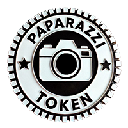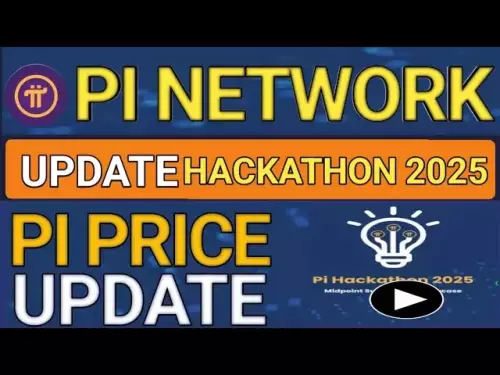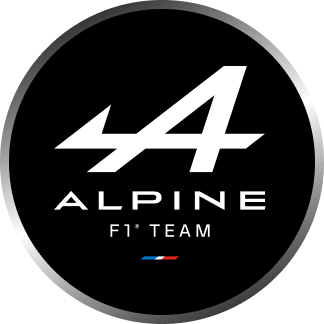-
 bitcoin
bitcoin $109667.069529 USD
-3.03% -
 ethereum
ethereum $3936.685804 USD
-4.07% -
 tether
tether $1.000493 USD
0.01% -
 xrp
xrp $2.771823 USD
-4.74% -
 bnb
bnb $957.805027 USD
-5.34% -
 solana
solana $196.735100 USD
-6.68% -
 usd-coin
usd-coin $0.999727 USD
-0.01% -
 dogecoin
dogecoin $0.227355 USD
-5.12% -
 tron
tron $0.335205 USD
-0.81% -
 cardano
cardano $0.779256 USD
-3.59% -
 ethena-usde
ethena-usde $0.999900 USD
-0.06% -
 hyperliquid
hyperliquid $42.492095 USD
-6.61% -
 chainlink
chainlink $20.501853 USD
-4.34% -
 avalanche
avalanche $28.952606 USD
-11.21% -
 stellar
stellar $0.356038 USD
-3.93%
What are the dangers of automatic reduction of positions in perpetual contracts?
Automatic position reduction can cause traders to lose more money than they originally invested or force them to close positions prematurely, especially with high leverage or low margins.
Oct 25, 2024 at 03:34 am

Dangers of Automatic Position Reduction in Perpetual Contracts
Perpetual contracts are a type of futures contract that allow traders to hold positions indefinitely. Unlike traditional futures contracts, perpetual contracts do not have a fixed expiration date. This means that traders can keep their positions open for as long as they want, without having to worry about them expiring.
However, one of the risks associated with perpetual contracts is the risk of automatic position reduction. This occurs when the price of the underlying asset moves against the trader's position, and the exchange automatically reduces the trader's position size in order to reduce their risk.
There are a number of different reasons why an exchange might automatically reduce a trader's position size. One reason is if the trader's leverage is too high. Leverage is a type of borrowing that allows traders to increase their exposure to the market. However, if the trader's leverage is too high, they may be at risk of losing more money than they originally invested.
Another reason why an exchange might automatically reduce a trader's position size is if the trader's margin is too low. Margin is a type of collateral that traders must deposit with the exchange in order to open a position. If the trader's margin is too low, they may be at risk of losing their entire investment if the price of the underlying asset moves against them.
Here are some of the dangers of automatic position reduction:- Traders can lose more money than they originally invested. If the price of the underlying asset moves against the trader's position, and the exchange automatically reduces the trader's position size, the trader may lose more money than they originally invested. This is because the trader will still be liable for the losses on the reduced position size.
- Traders may be forced to close their positions prematurely. If the exchange automatically reduces the trader's position size, the trader may be forced to close their position prematurely. This can prevent the trader from taking advantage of favorable market conditions, and can lead to missed profits.
Here are some tips to avoid the dangers of automatic position reduction:
- Use leverage wisely. Leverage can be a powerful tool, but it can also be risky. If you are not experienced in using leverage, it is important to use it cautiously. Start with a low leverage ratio, and increase it gradually as you gain experience.
- Maintain a sufficient margin. Margin is your collateral. if you do not maintain a sufficient margin, you may be at risk of losing your entire investment if the price of the underlying asset moves against you. Aim to maintain a margin level of at least 25%, and increase it to 50% or more if possible.
- Monitor your positions regularly. It is important to monitor your positions regularly to ensure that they are performing as expected. If the price of the underlying asset moves against you, you may need to adjust your position size or close your position entirely.
Disclaimer:info@kdj.com
The information provided is not trading advice. kdj.com does not assume any responsibility for any investments made based on the information provided in this article. Cryptocurrencies are highly volatile and it is highly recommended that you invest with caution after thorough research!
If you believe that the content used on this website infringes your copyright, please contact us immediately (info@kdj.com) and we will delete it promptly.
- AlphaTON's Bold Bet: Toncoin, Balance Sheets, and the Future of Digital Treasuries
- 2025-09-27 04:45:15
- Crypto Kidnapping in Minnesota: A New York Minute Breakdown of the $8 Million Heist
- 2025-09-27 04:25:14
- Avalanche, RUVI, and the Altcoin Rush: What's Fueling the Fire?
- 2025-09-27 04:25:14
- Ripple's RLUSD Takes Center Stage: Bybit Listing and Derivatives Market Potential
- 2025-09-27 05:05:12
- Bitcoin, Ethereum, and ETF Outflows: What's Shakin' in Crypto?
- 2025-09-27 05:25:13
- Worldcoin's WLD: Support Rebound or Further Decline? A New Yorker's Take
- 2025-09-27 05:05:12
Related knowledge

How do I enable the "scalping-only" mode for Cardano (ADA) contracts?
Sep 24,2025 at 03:19am
Understanding Scalping Strategies in Crypto Derivatives1. Scalping in cryptocurrency trading refers to executing multiple short-term trades within min...
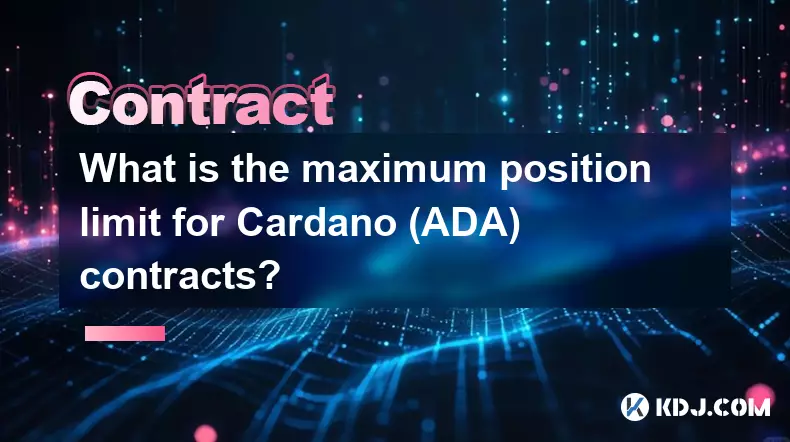
What is the maximum position limit for Cardano (ADA) contracts?
Sep 23,2025 at 11:00pm
Understanding ADA Futures and Derivatives Market Structure1. Cardano (ADA) futures contracts are offered by several major cryptocurrency derivatives e...
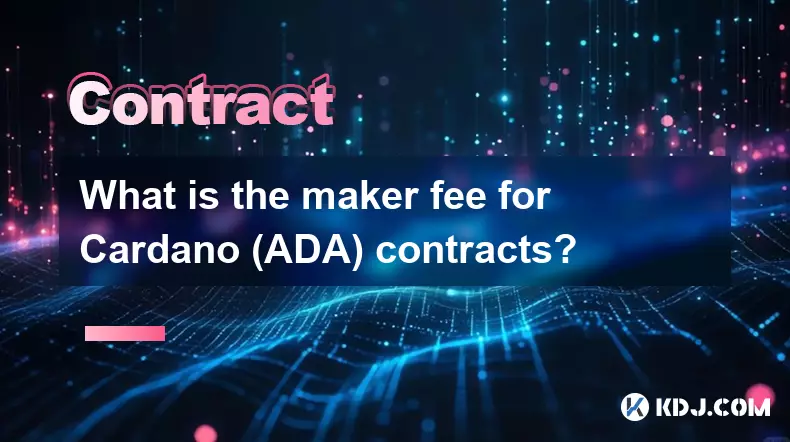
What is the maker fee for Cardano (ADA) contracts?
Sep 26,2025 at 09:01am
Understanding Maker Fees in Cardano (ADA) Contracts1. The concept of maker fees applies broadly across decentralized exchanges and smart contract plat...
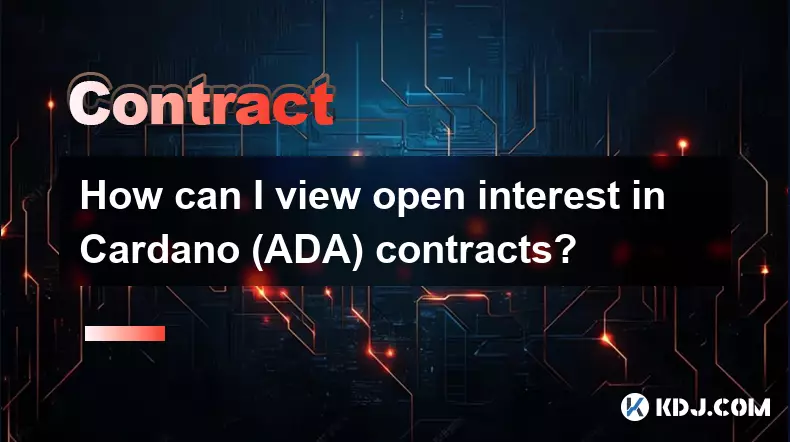
How can I view open interest in Cardano (ADA) contracts?
Sep 24,2025 at 07:36am
Understanding Open Interest in Cardano Derivatives1. Open interest refers to the total number of outstanding derivative contracts, such as futures or ...
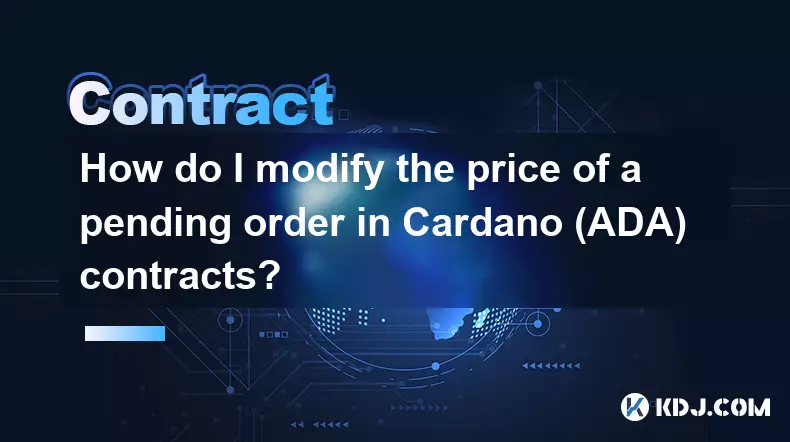
How do I modify the price of a pending order in Cardano (ADA) contracts?
Sep 27,2025 at 01:00am
Understanding Pending Orders in Cardano Smart Contracts1. Cardano operates on a proof-of-stake blockchain that supports smart contracts through its Pl...

What is the function of the insurance fund in Cardano (ADA) contracts?
Sep 24,2025 at 02:18am
Understanding the Role of Insurance Funds in Cardano Smart Contracts1. The insurance fund within Cardano's ecosystem is not a native feature directly ...

How do I enable the "scalping-only" mode for Cardano (ADA) contracts?
Sep 24,2025 at 03:19am
Understanding Scalping Strategies in Crypto Derivatives1. Scalping in cryptocurrency trading refers to executing multiple short-term trades within min...

What is the maximum position limit for Cardano (ADA) contracts?
Sep 23,2025 at 11:00pm
Understanding ADA Futures and Derivatives Market Structure1. Cardano (ADA) futures contracts are offered by several major cryptocurrency derivatives e...

What is the maker fee for Cardano (ADA) contracts?
Sep 26,2025 at 09:01am
Understanding Maker Fees in Cardano (ADA) Contracts1. The concept of maker fees applies broadly across decentralized exchanges and smart contract plat...

How can I view open interest in Cardano (ADA) contracts?
Sep 24,2025 at 07:36am
Understanding Open Interest in Cardano Derivatives1. Open interest refers to the total number of outstanding derivative contracts, such as futures or ...

How do I modify the price of a pending order in Cardano (ADA) contracts?
Sep 27,2025 at 01:00am
Understanding Pending Orders in Cardano Smart Contracts1. Cardano operates on a proof-of-stake blockchain that supports smart contracts through its Pl...

What is the function of the insurance fund in Cardano (ADA) contracts?
Sep 24,2025 at 02:18am
Understanding the Role of Insurance Funds in Cardano Smart Contracts1. The insurance fund within Cardano's ecosystem is not a native feature directly ...
See all articles
















